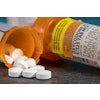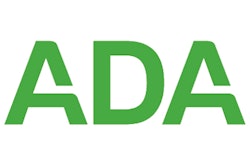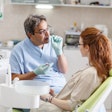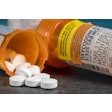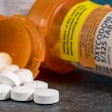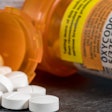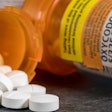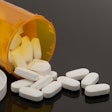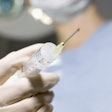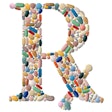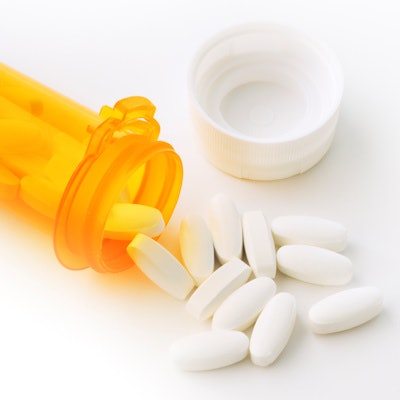
The number of opioids prescribed by dentists appears to be increasing over time, according to a new study in the Journal of the American Dental Association. Dentists prescribed more opioids in 2015 than they did in 2010, the researchers found.
Opioid prescriptions also increased the most for adolescents ages 11 to 18. The researchers published their full findings in the April issue of JADA (April 2018, Vol. 149:4, pp. 237-245).
"Given the high prescription rates, the potential for drug misuse, and the severe ongoing opioid addiction epidemic, it is important to understand opioid prescription practices and trends in dentistry," wrote the authors, led by Niodita Gupta, MD, MPH, PhD, a researcher with the ADA Health Policy Institute. "The purpose of this study was to describe opioid prescription rates, dosage of opioids prescribed, type of opioid drug prescribed, and type of dental visit at which dentists more frequently prescribe opioids."
More and stronger opioids for adolescents
Opioid misuse and abuse is an ongoing problem in the U.S., with 12.5 million people misusing prescription opioids in 2015 alone. To help combat this epidemic, the researchers investigated the prescribing habits of dentists.
They used data from the Truven Health Marketscan Research databases, which are the largest convenience sample of privately insured Americans, according to the researchers. Their study included patients younger than 65 with at least one opioid prescription and one dental visit.

The researchers parsed 1.56 million opioid prescription claims for 1.14 million patients. Opioid prescriptions written by dentists increased for most age groups from 2010 to 2015, with 11- to 18-year-old patients experiencing the sharpest increase in prescriptions. The strength of the daily dosage, as calculated by milligrams of morphine equivalent (MME), was also highest for 11- to 18-year-olds and 19- to 25-year-olds.
"The results of this study show that for people who were privately insured in the United States from 2010 through 2015, the rate of opioid prescriptions per 1,000 dental patients has increased, especially for the group aged 11 through 18 years," the authors wrote. "This age group also received a higher median daily MME dose compared to the median daily MME dose for all age groups, and approximately 89% of the opioids prescribed for this age group were associated with a surgical dental visit."

Dentists prescribed opioids for an average of three days. Acetaminophen with hydrocodone bitartrate was the most prescribed opioid, and patients were most likely to get opioids for surgical dental visits.
"Our study results show that approximately 31% of the opioids prescribed for all age groups were associated with nonsurgical dental visits," the authors wrote. "This finding suggests there might be opportunities to reduce opioid prescription rates by targeting nonsurgical dental visit prescribing practices."
Moving forward
The study authors offered some advice to reduce opioid prescriptions, particularly for nonsurgical dental visits. First, nonsteroidal anti-inflammatory drugs (NSAIDs) can be effectively used as a first-line resource to treat pain, reserving opioids for pain that persists after NSAIDs, the researchers noted. Second, it may be wise to consult a prescription drug monitoring program database, which can identify patients who are at-risk for opioid abuse.
The study also had a number of shortcomings, according to the researchers. Notably, the findings cannot be generalized to the whole U.S. population since it focused exclusively on privately insured patients. It also did not account for refilled prescriptions.
Nevertheless, the study provides an overview of dentists' opioid prescribing habits that researchers can use for further studies or targeted interventions.
"Although dentistry is accounting for less of the total volume of opioid prescriptions in the United States, results of our analysis suggest important areas of focus for further managing opioid prescribing among dentists," the authors concluded.


